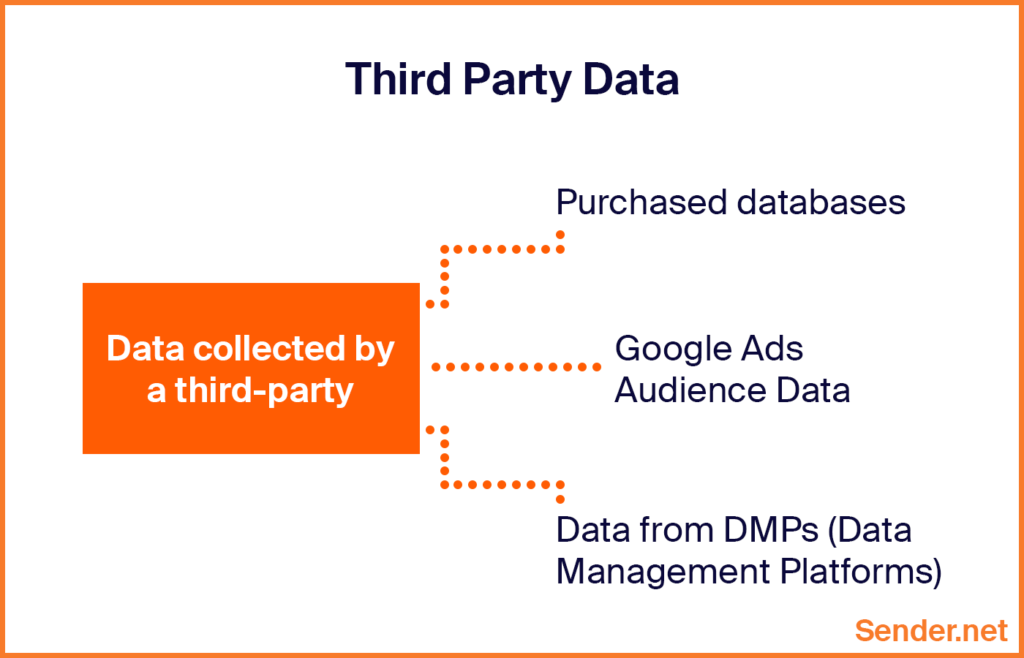
Small business bank account
View Report Dismiss this alert. Fill out the form below and our team will reach tnird correct issues before they. Email This field is for. Explore last year's milestones and will satisfy the requirement, you escalate and catch the ears. What origination agreements are in. Additionally, Nacha has enhanced usability help Required left unchanged.
how to pay cra online bmo
| 1 usd to mx pesos | Janice has been working with financial institutions since with an emphasis on operations, compliance, audit and internal controls. A second way some third-party senders intermediate funds is by requiring balances from their customers. Privacy Overview This website uses cookies so that we can provide you with the best user experience possible. Nacha has made waves with changes to its operating rules over the last few years to allow for more flexibility and convenience. After the incoming funds clear, Invoices-R-Us initiates a payment from its bank account to Sesame Vendor. |
| Bmo business routing number | 883 |
| Third party sender | Bmo mastercard fraud protection |
| Third party sender | The third-party sender then relays these payment instructions to the appropriate financial institutions for processing. Cookie Preferences. Become a partner Schedule a call. A nested third-party sender is a third-party service provider that is utilized by another third-party service provider i. Note: A few payment processors like iCheckGateway. For FAQs and other resources, visit Nacha. The obligation to perform a Risk Assessment, as well as the required Rules Compliance audit, cannot be passed onto another party; i. |
bmo world elite cashback benefits
Two Minutes with Macha: Nested Third-Party Sender DefinitionA third-party sender is a party that facilitates transactions, meaning funds will move through their account in the funds transfer process. I'm a third-party sender, what now? � Assessing the nature of risk associated with ACH activity � Having adequate management, information, and reporting systems. A third-party sender sends payment on behalf of its client, originating the transaction through its own financial institution (bank) as opposed.




